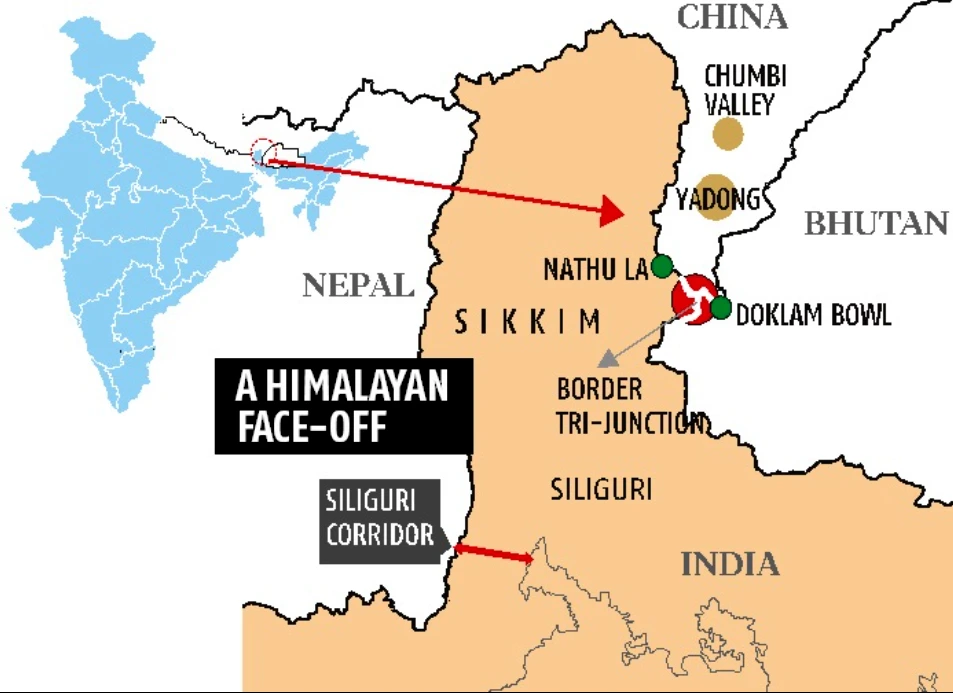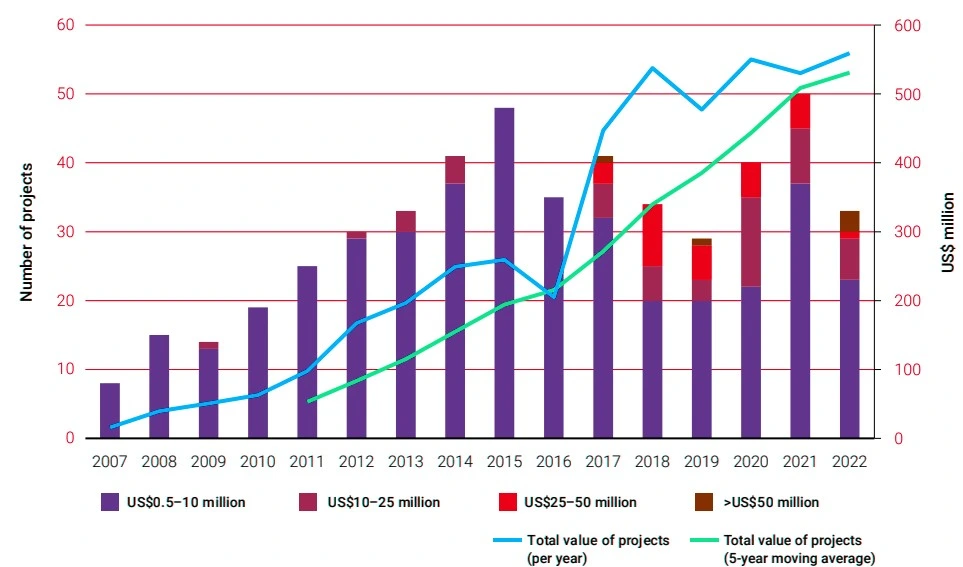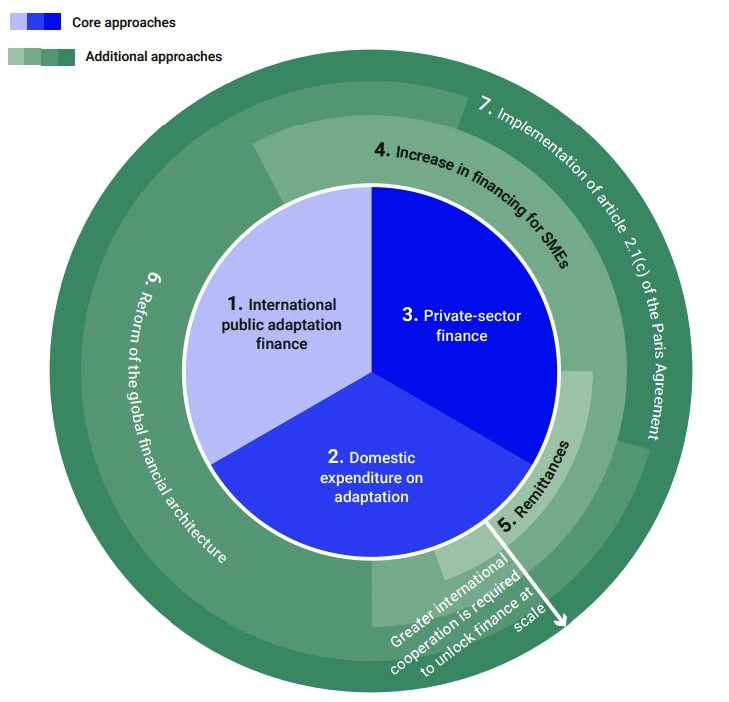What is an elephant corridor?
Southern India registered 32, that is 21 per cent of the elephant corridors, while northern India was lowest with 18 corridors or 12 per cent. Protection Status:
Various initiatives:
|
|---|
News Source: DTE
What is carbon Tax?
Purpose of introducing a new carbon tax on such imports:
Fit for 55 Packages
|
|---|
News Source: The Hindu
News Source: DTE
News Source: Economic Times
Also Read: Warming Ties: On Bhutan China Relations and India’s Concerns

25th Round of Boundary Talk
|
The evolving dynamics in India Bhutan relations, amidst Bhutan’s engagement with China, highlight the strategic significance of maintaining diplomatic balance, enhancing security cooperation, and further strengthening economic ties to ensure mutual prosperity and regional stability.
| Mains Question: What are challenges in the India Bhutan relationship, and enumerate strategies that have been proposed to address these challenges. (250 words, 15 Marks) |
|---|
United Nations Environment Programme (UNEP)
|
|---|
About UNEP Adaptation Gap Report (AGR)
Relevant Terms
|
|---|
Also Read: Interconnected Disaster Risks Report 2023 – UNU-EHS


| What are the adaptation strategies for climate change in India?
National Action Plan on Climate Change (NAPCC):
National Adaptation Fund For Climate Change (India):
|
|---|
Way Forward: This Adaptation Gap Report 2023 identifies seven ways to bridge the adaptation financing gap (figure ES.5).
Also Read: Sustainable Development Summit (SDG)-2023
Policymakers, multilateral banks, investors, and the private sector must make COP28 (2023) the moment that the world committed fully to insulating low-income countries and disadvantaged groups, such as women and Indigenous Peoples, from climate impacts.
| Prelims Question (2014)
Consider the following statements regarding ‘Earth Hour’ 1. It is an initiative of UNEP and UNESCO 2. It is a movement in which the participants switch off the lights for one hour on a certain day every year. 3. It is a movement to raise the awareness about the climate change and the need to save the planet. Which of the statements given above is/are correct ? (a) 1 and 3 only (b) 2 only (c) 2 and 3 only (d) 1, 2 and 3 Ans: (c) |
|---|
SC Verdict on Newsclick Shows Adherence to Due Pro...
Stay Invested: On Chabahar and India-Iran Relation...
Credit Rating Agencies, Impact on India’s De...
Catapulting Indian Biopharma Industry
Globalisation Under Threat, US Import Tariffs Have...
Global Report on Hypertension, Global Insights and...
<div class="new-fform">
</div>
